Search
Search Results
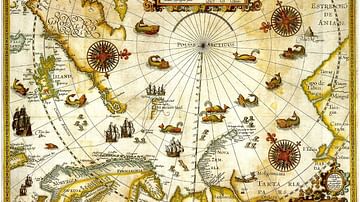
Image
1598 Map of the Three Arctic Voyages (1594–1596) by Willem Barentsz
1598 Map of the Three Arctic Voyages (1594–1596) by Willem Barentsz. Spitsbergen (now Svalbard) is mapped for the first time and indicated as "Het Nieuwe Land" (Dutch for "the New Land"), centre-left.

Image
Willem Janszoon's Expedition 1605-1606
Map of the route of Willem Janszoon's (c. 1570-c. 1630) expedition 1605-1606. The Dutch explorer made landfall at Pennefather River, near modern-day Weipa on the west coast of the Cape York peninsula (northern Queensland, Australia) on 26...
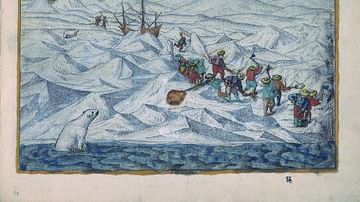
Image
A Depiction of Willem Barentsz's Three Voyages
A Depiction of Willem Barentsz's three expeditions in search of the coveted Northeast Passage to Cathay (China) and the Spice Islands. Woodcut. 1598.
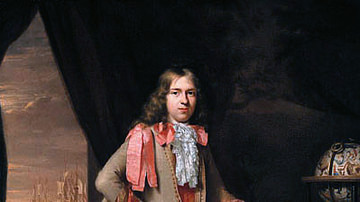
Image
Willem de Vlamingh
Believed to be a portrait of Dutch seafarer Willem de Vlamingh (1640-1698), who sailed for the Dutch East India Company. (Australian National Maritime Museum, Sydney)
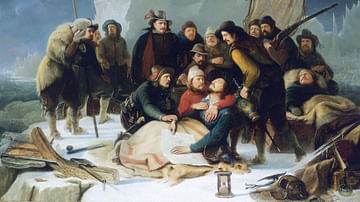
Image
Death of William Barents
Painting depicting the death of William Barents (Willem Barentsz) (1550-1597). Oil on canvas, 1836, by Christiaan Julius Lodewijk Portman (1799–1868).
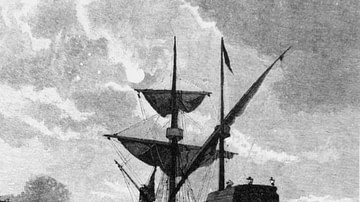
Image
The Duyfken in the Gulf of Carpentaria
Willem Janszoon's (c. 1570-c. 1630) ship, the Duyfken, in the Gulf of Carpentaria (northern Queensland, Australia). Artist impression 19th century.
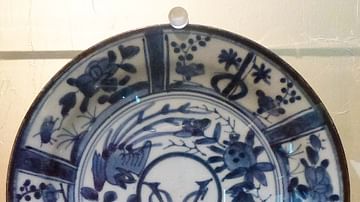
Article
The Dutch Discovery of Australia
17th-century Dutch East India Company (Vereenigde Oostindische Compagnie or VOC) navigators were the first Europeans to set foot on Australian soil. Although there is a strong theory that the Portuguese explorer, Cristóvão de Mendonça (1475-1532...
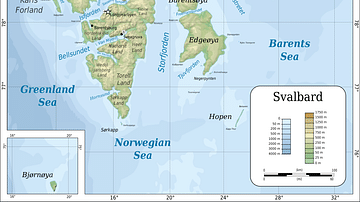
Article
A History of Svalbard
Svalbard is an archipelago in the Arctic Ocean on the northwest corner of the Barents Shelf. It is 800 kilometres (497 mi) north of mainland Norway and sits roughly midway between the top of Norway and the North Pole. It is bordered by Greenland...
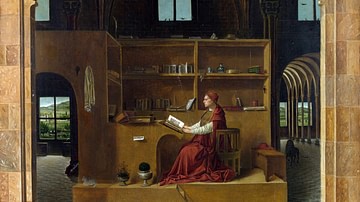
Definition
Renaissance Art
The art of the Renaissance period in Europe (1400-1600 CE) includes some of the most recognisable and best-loved paintings and sculptures in the world. Masters were often skilled in both painting and sculpture, and by studying the art of...
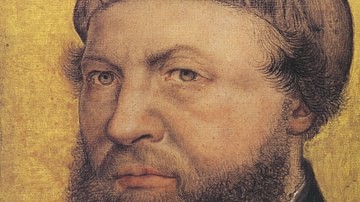
Definition
Hans Holbein the Younger
Hans Holbein the Younger (c. 1497-1543 CE) was a German Renaissance painter who is most famous for his portraits. A versatile artist and superb draughtsman, Holbein was accomplished in different mediums from woodcut engravings to murals...